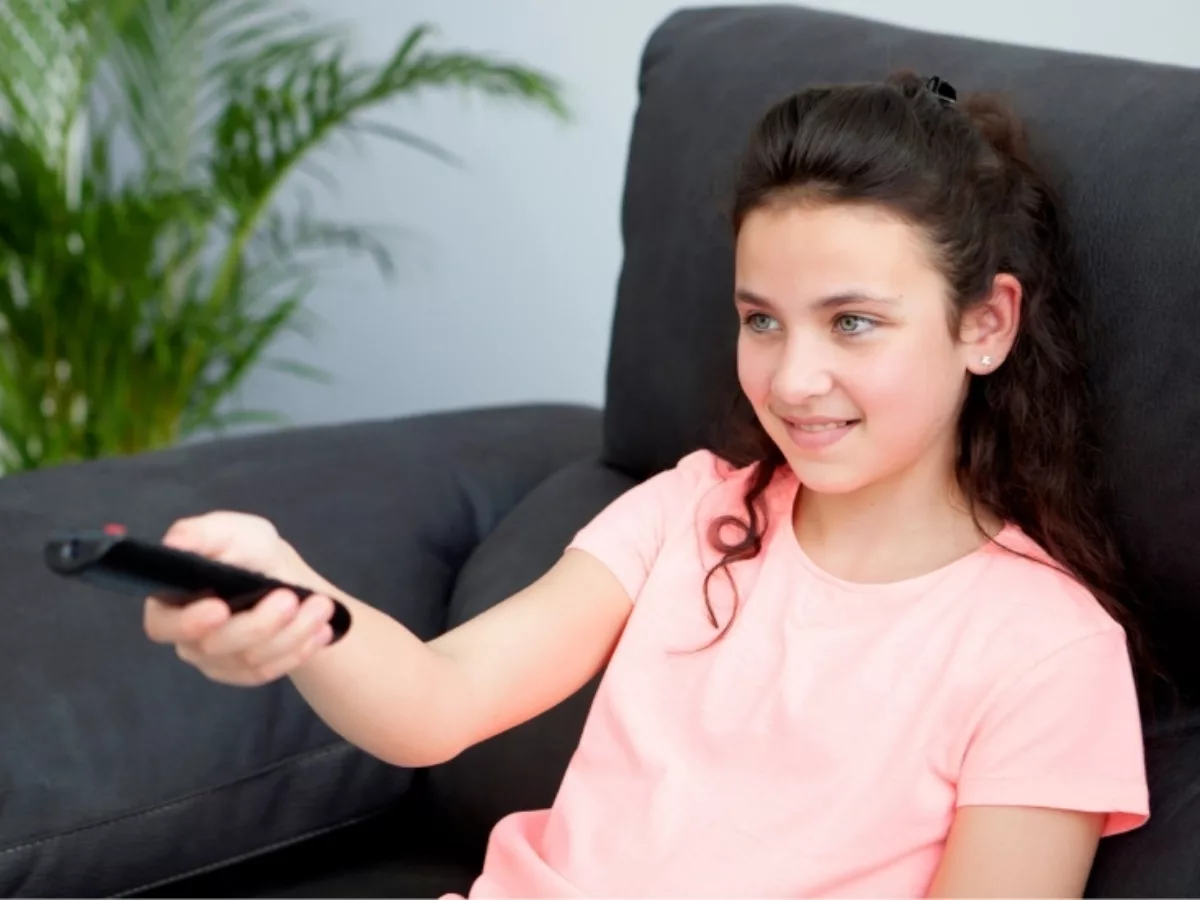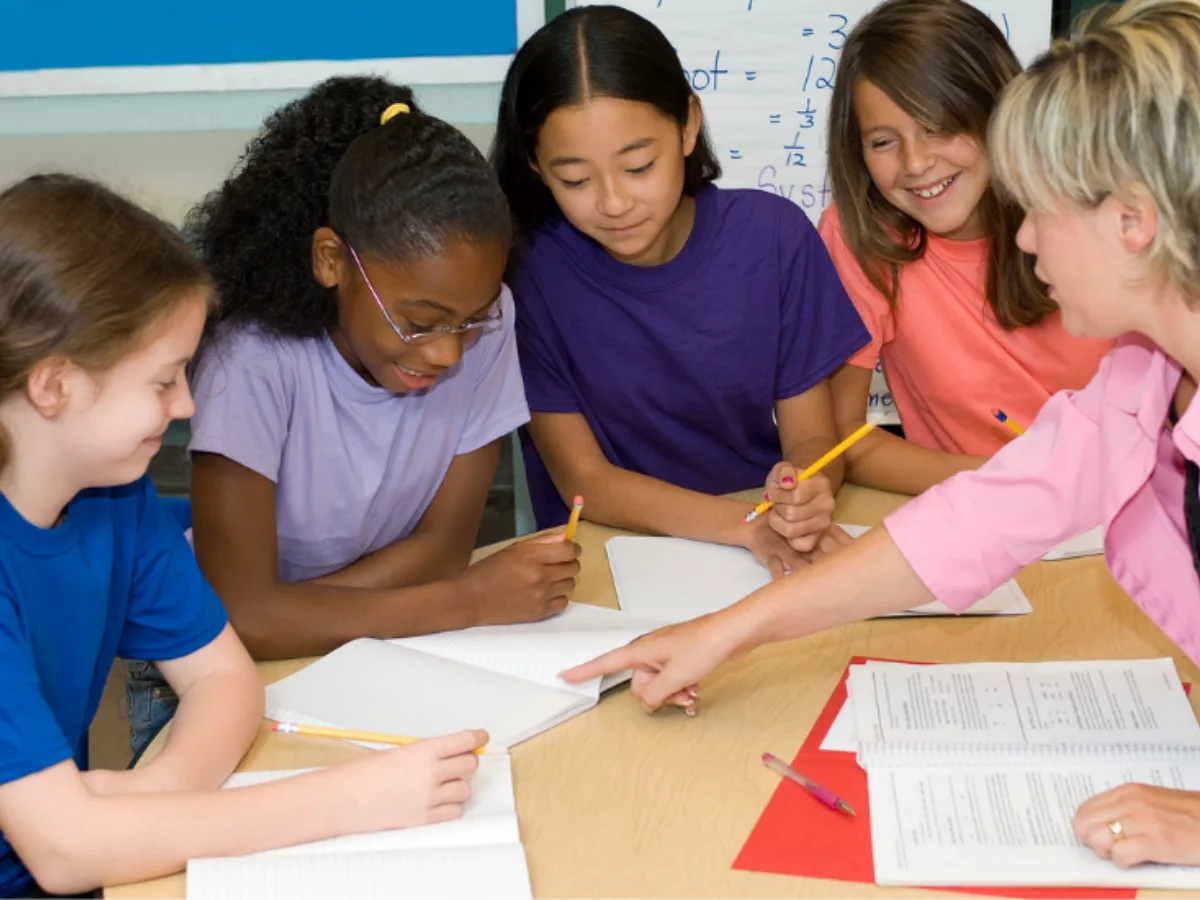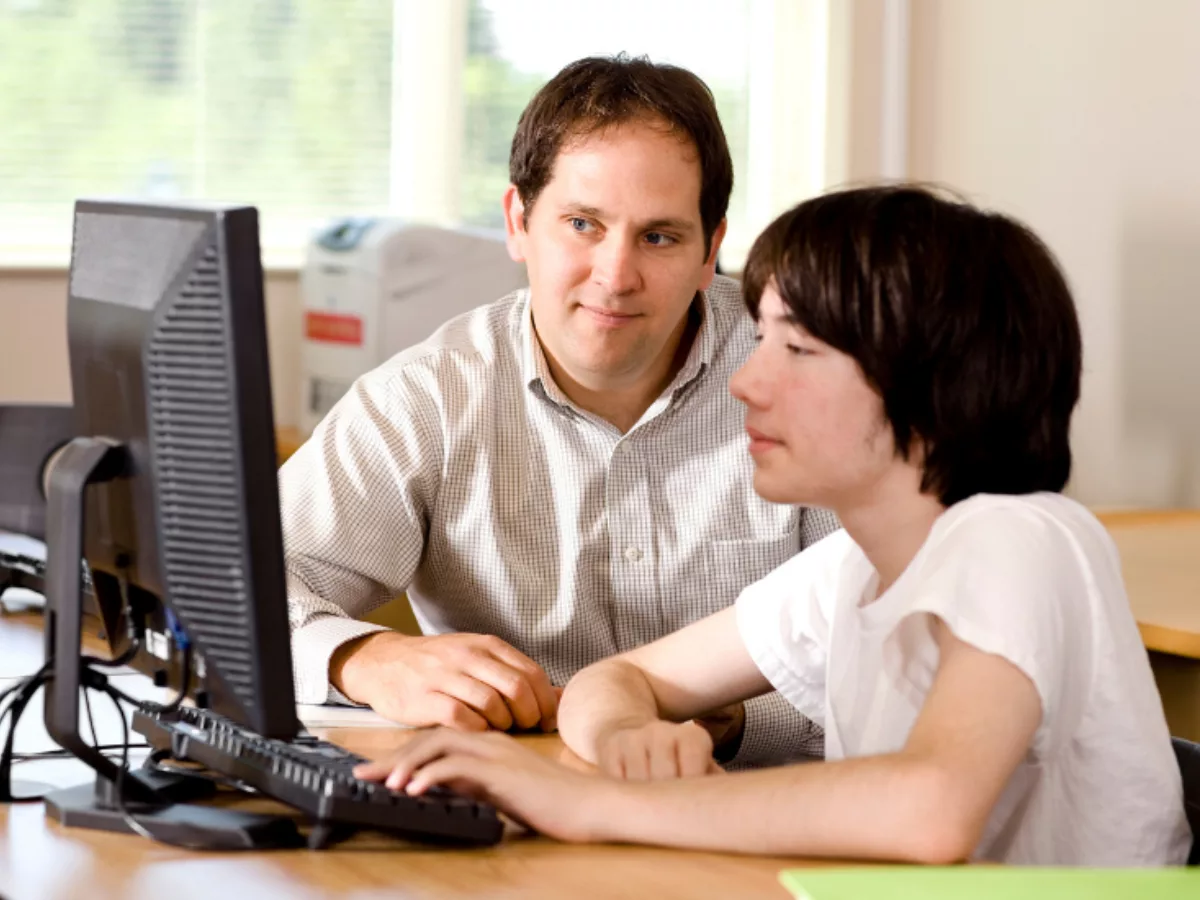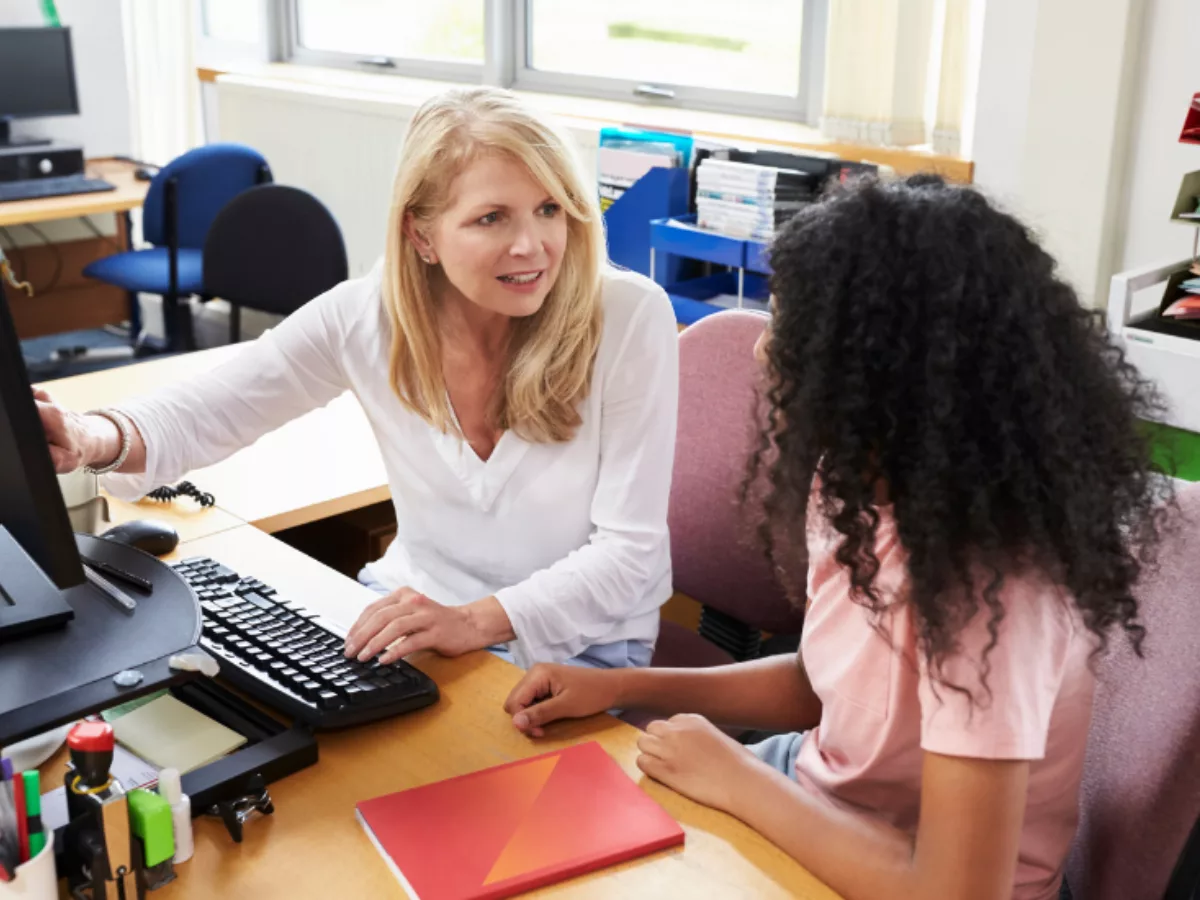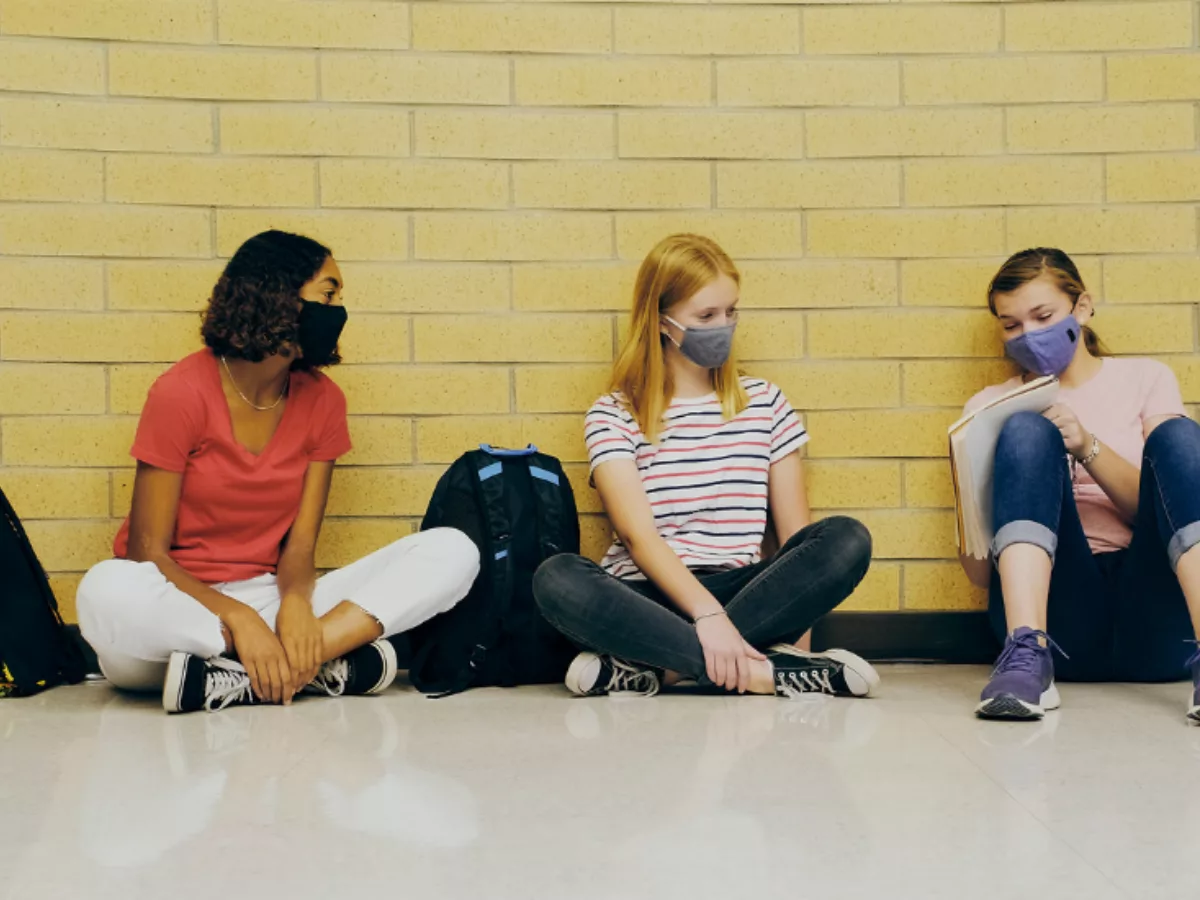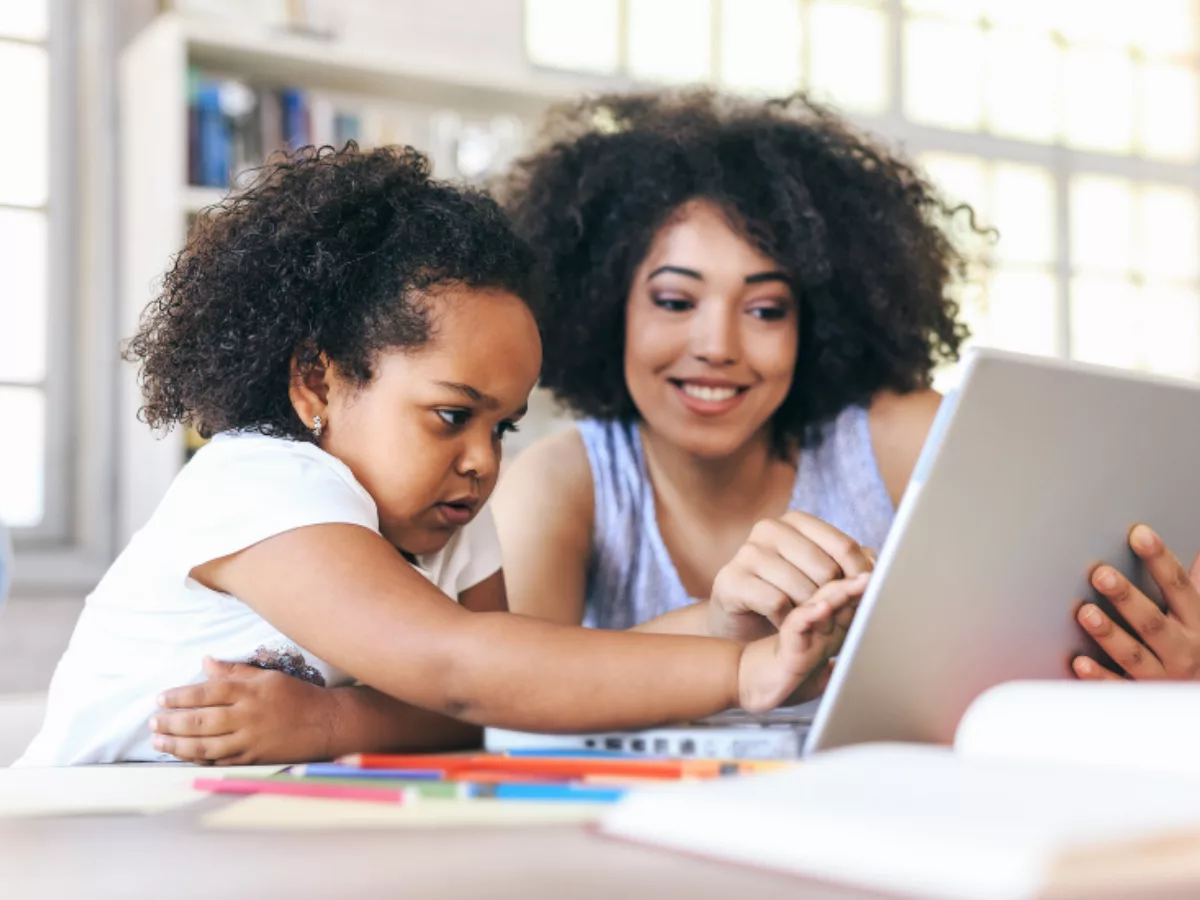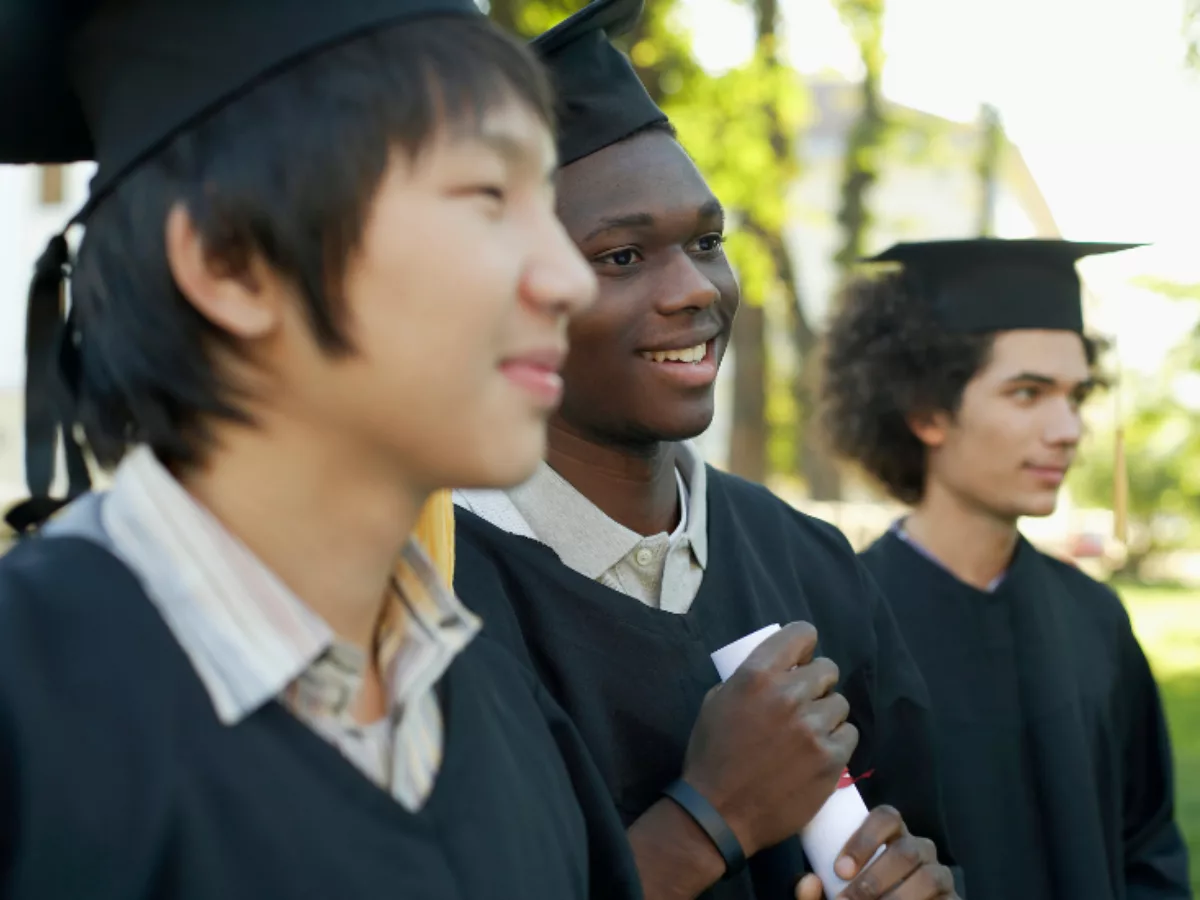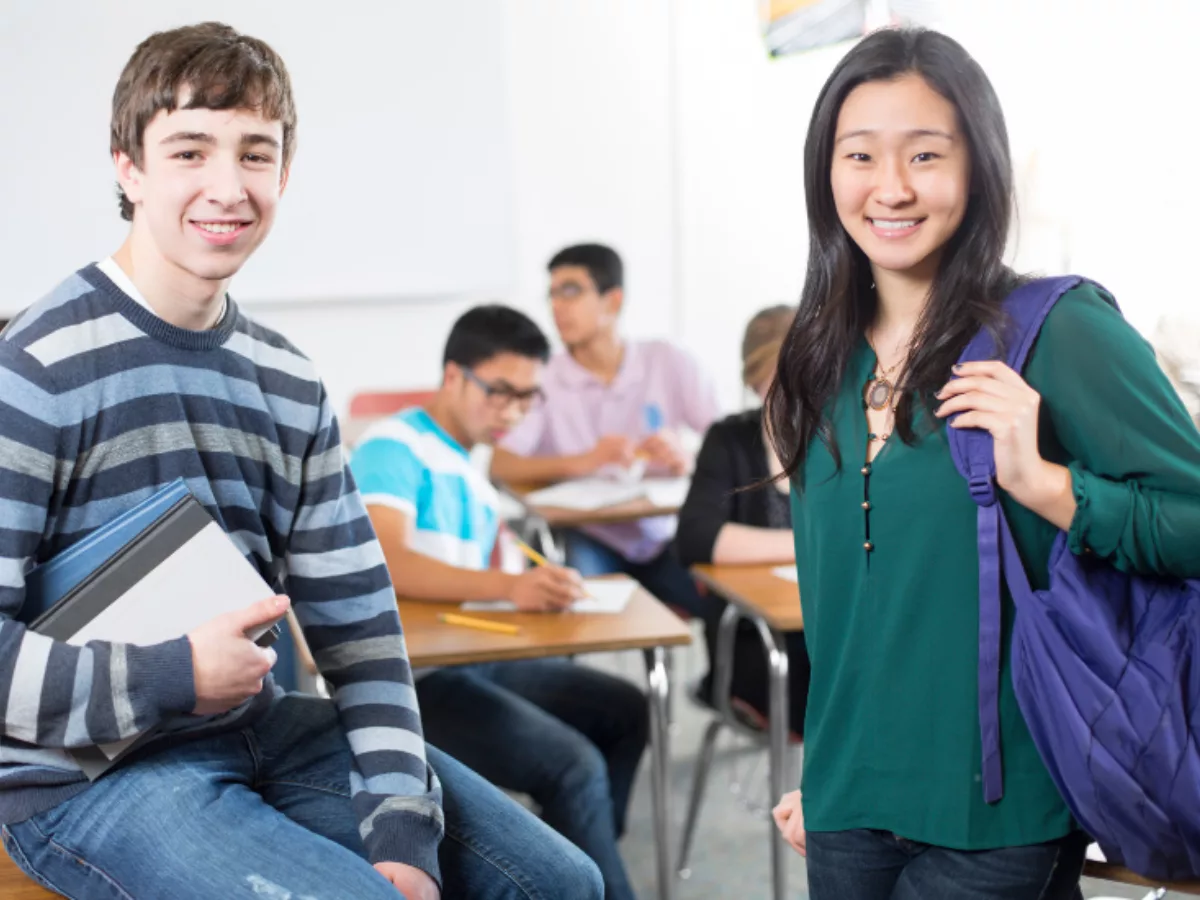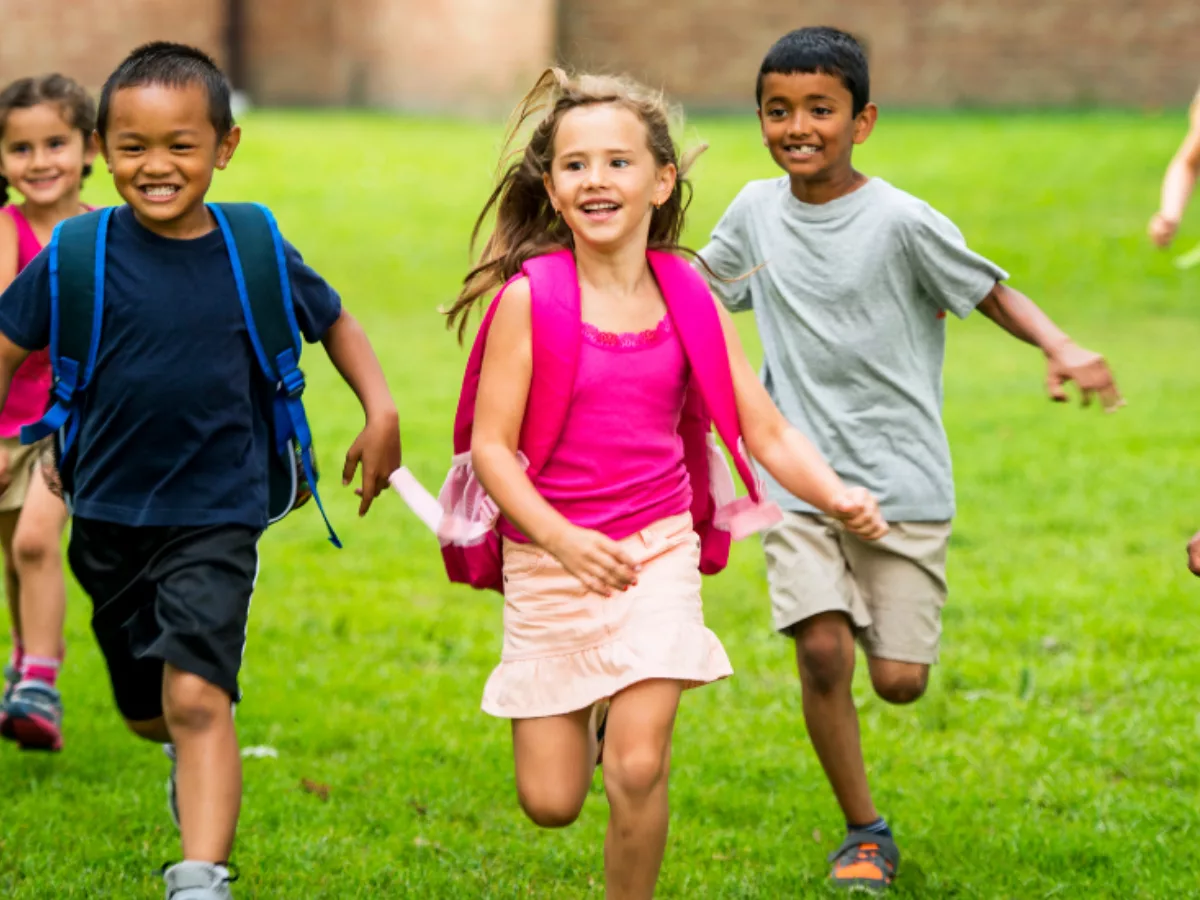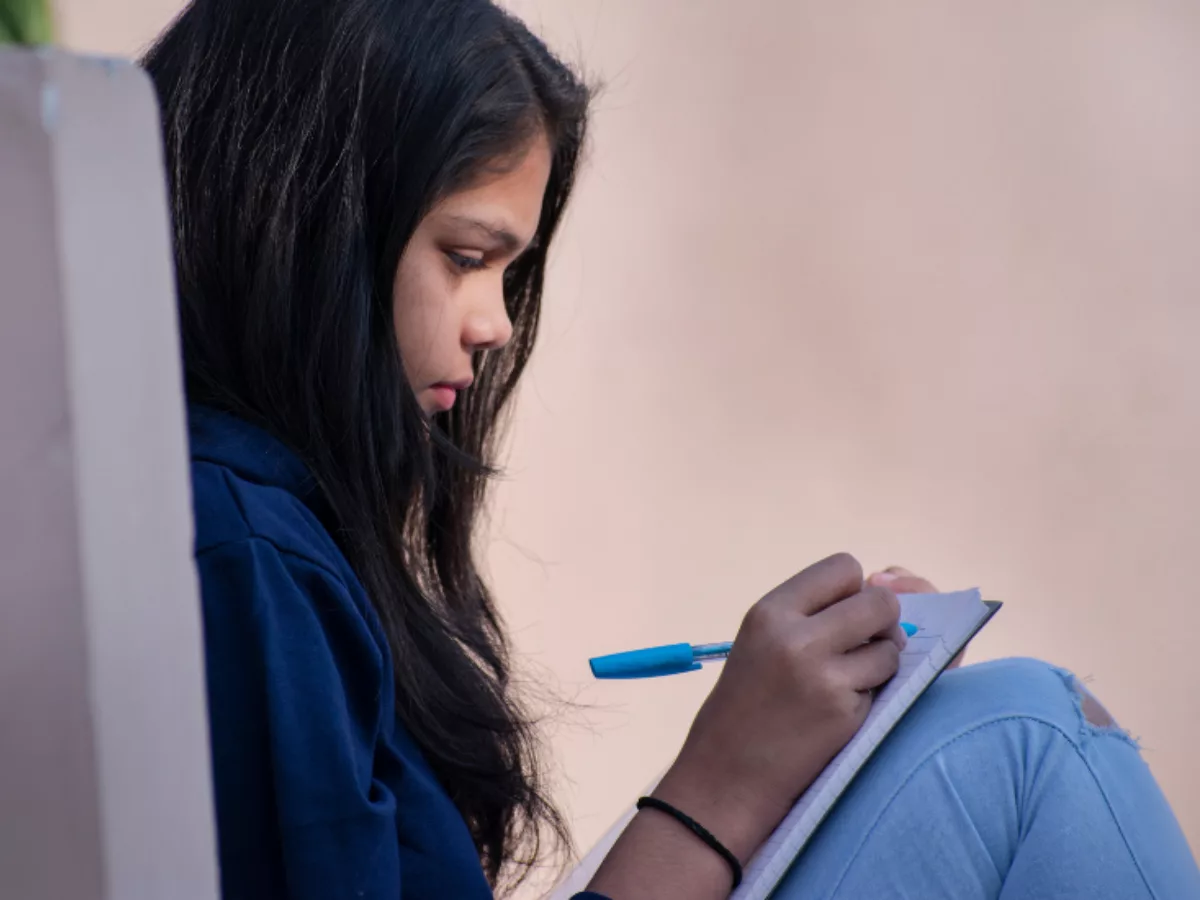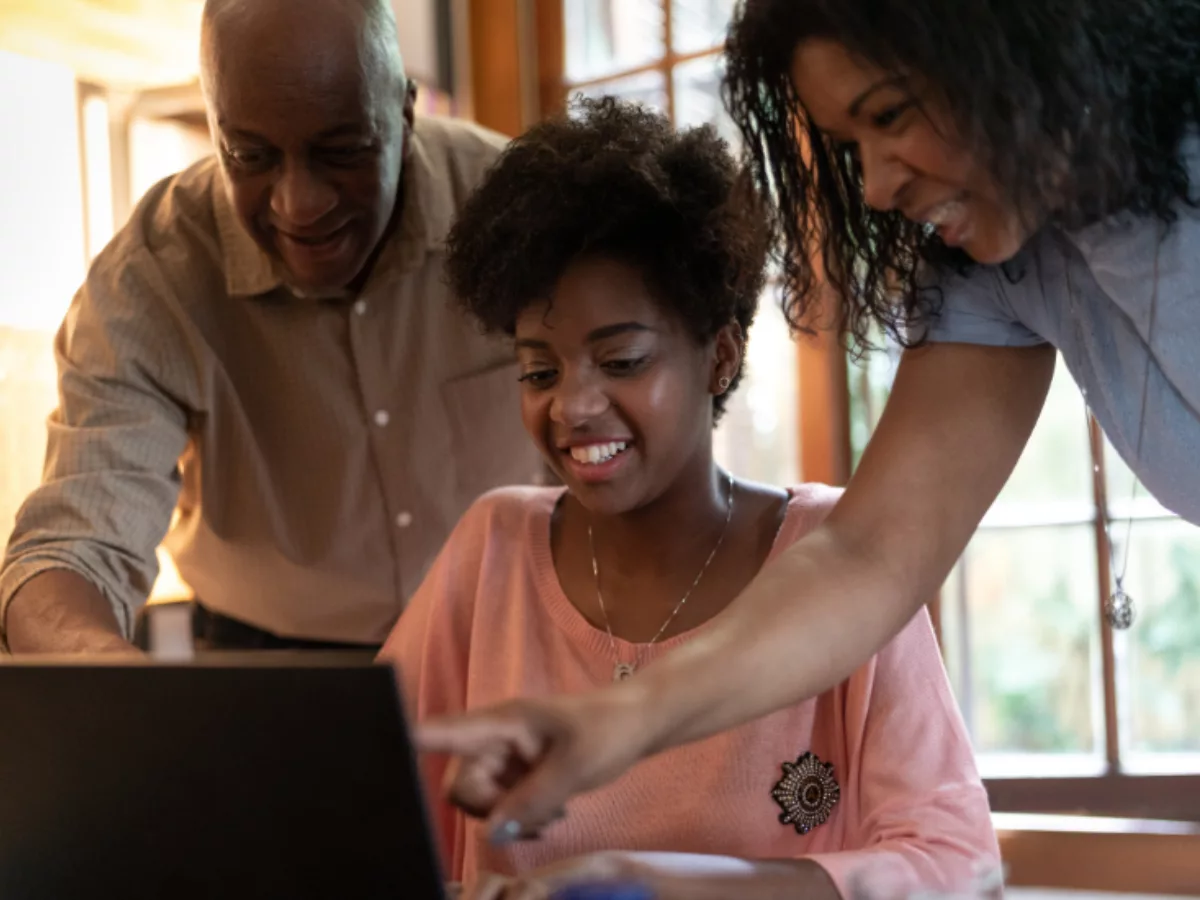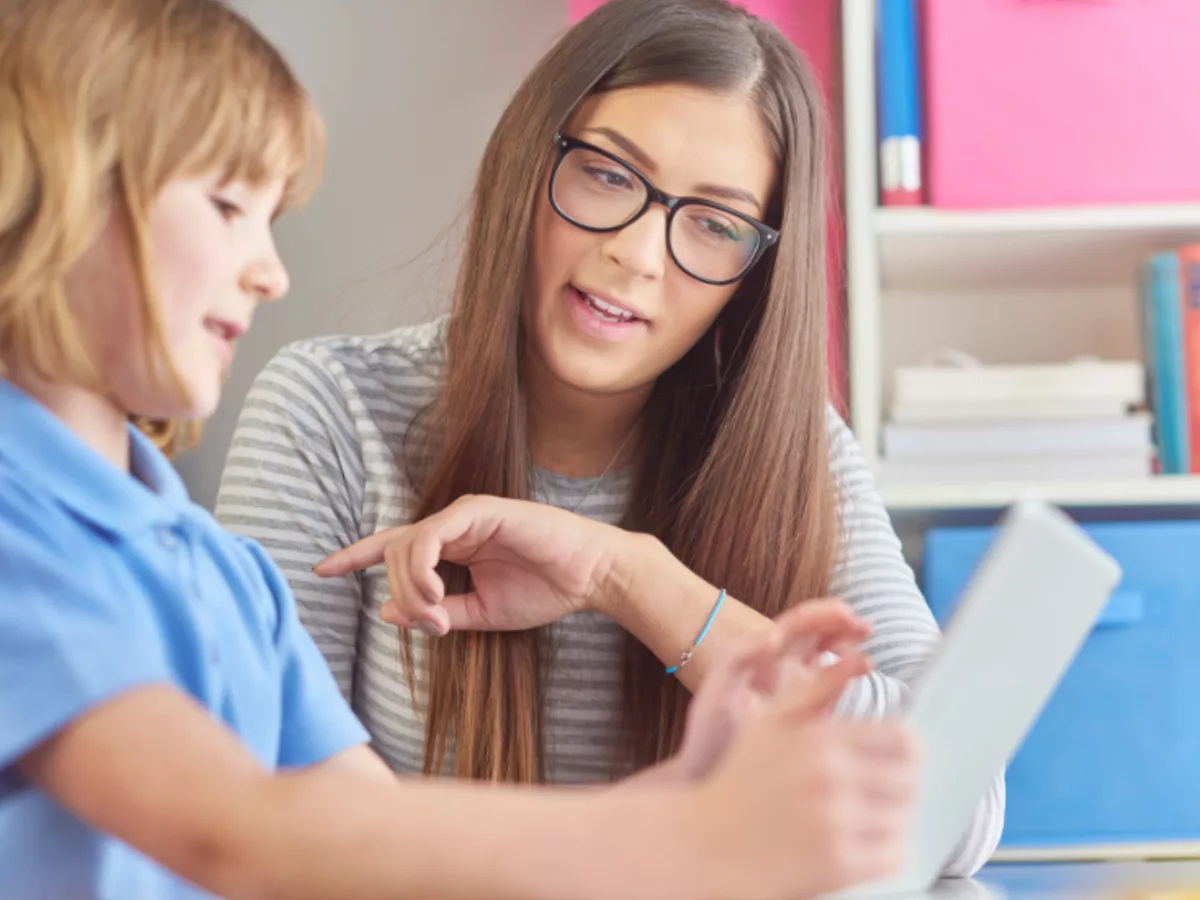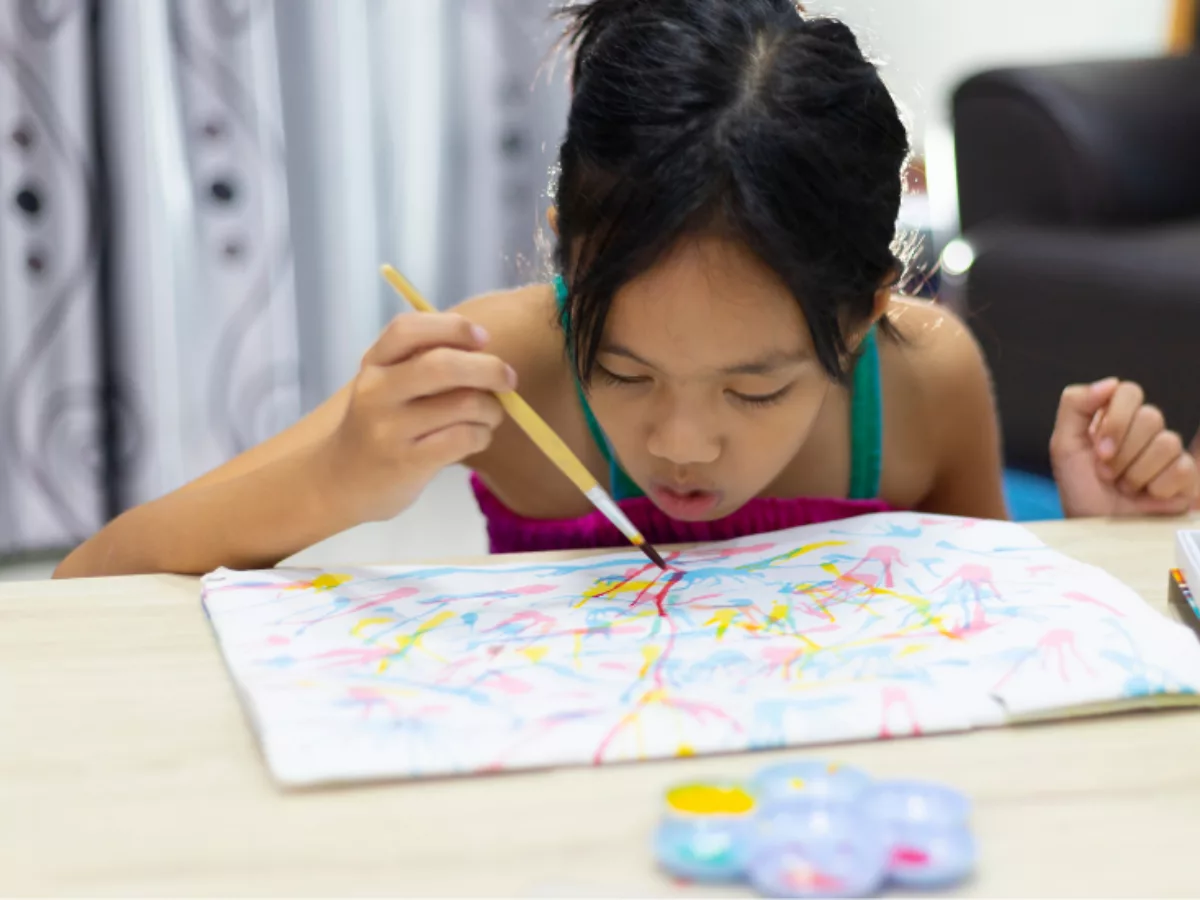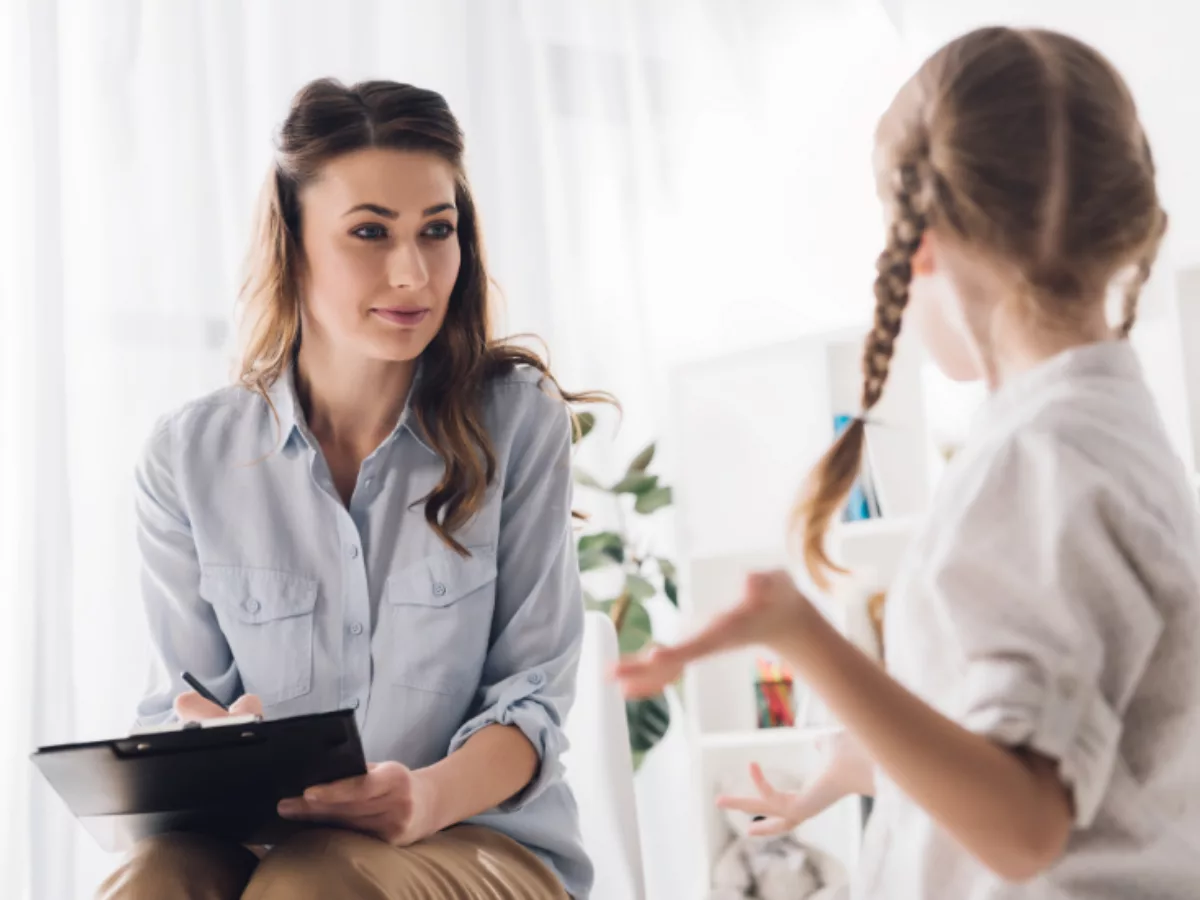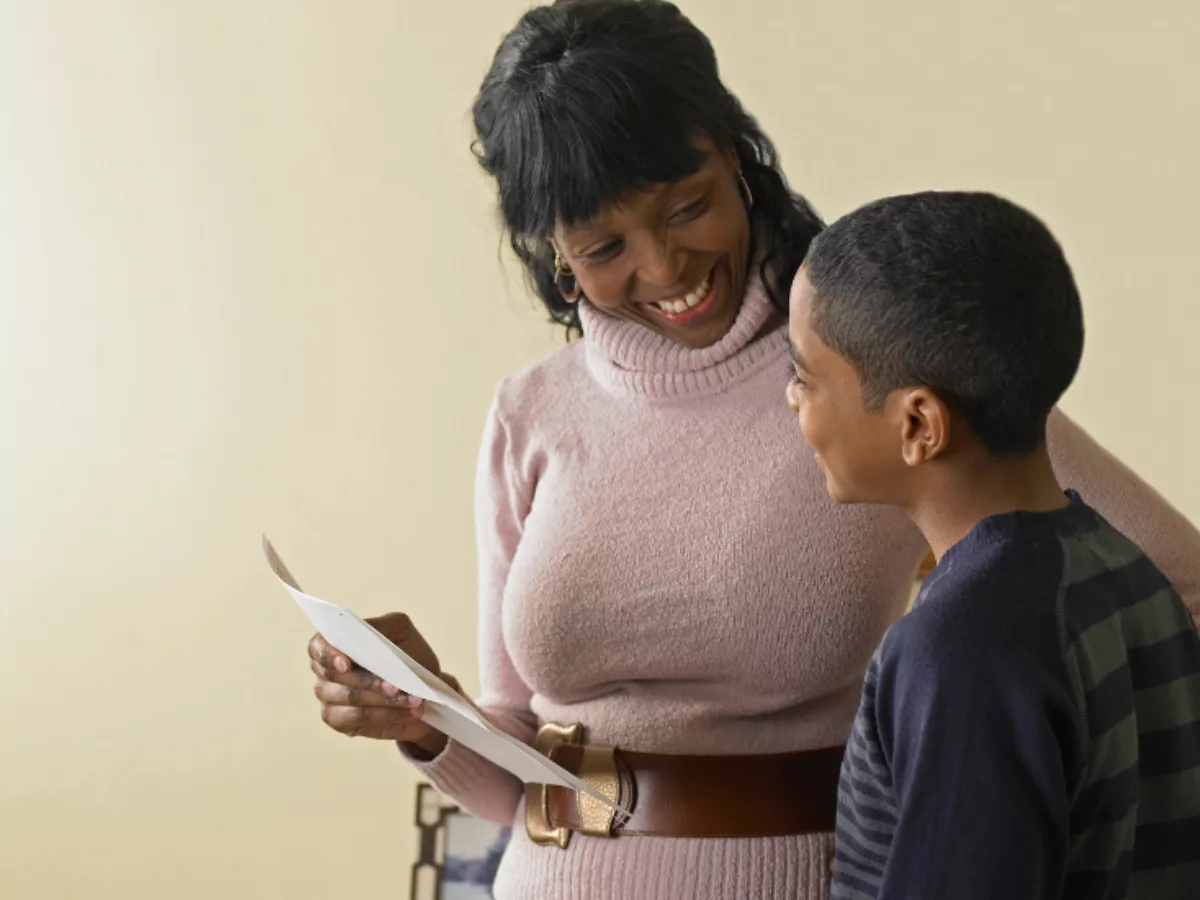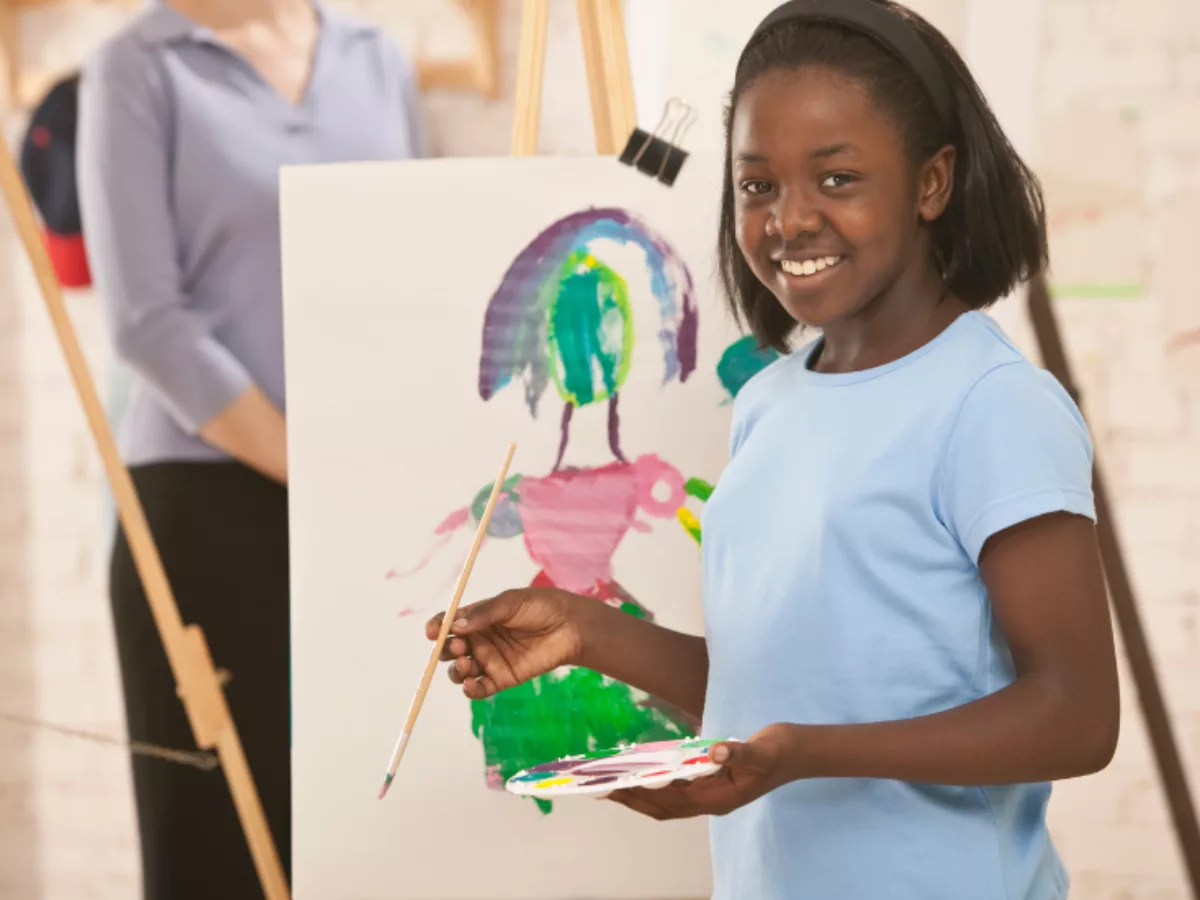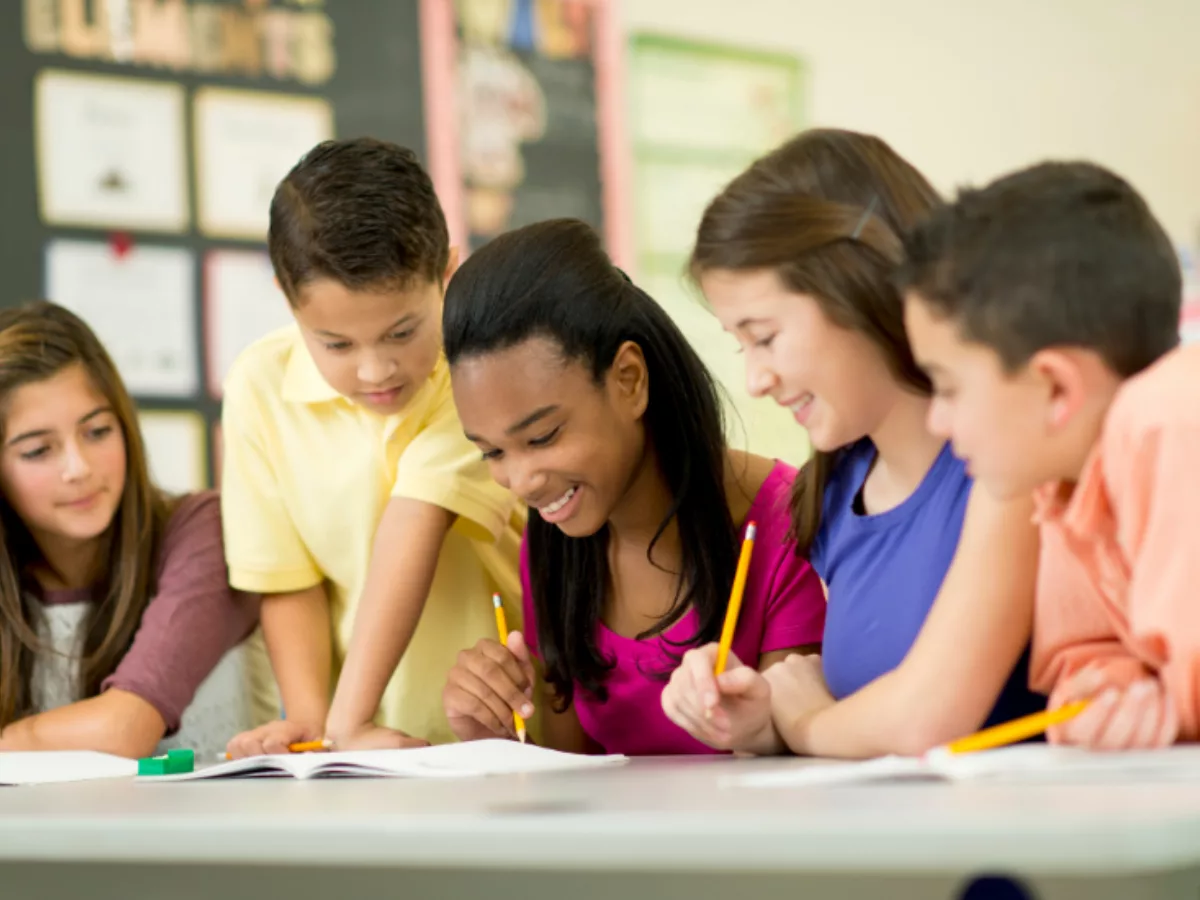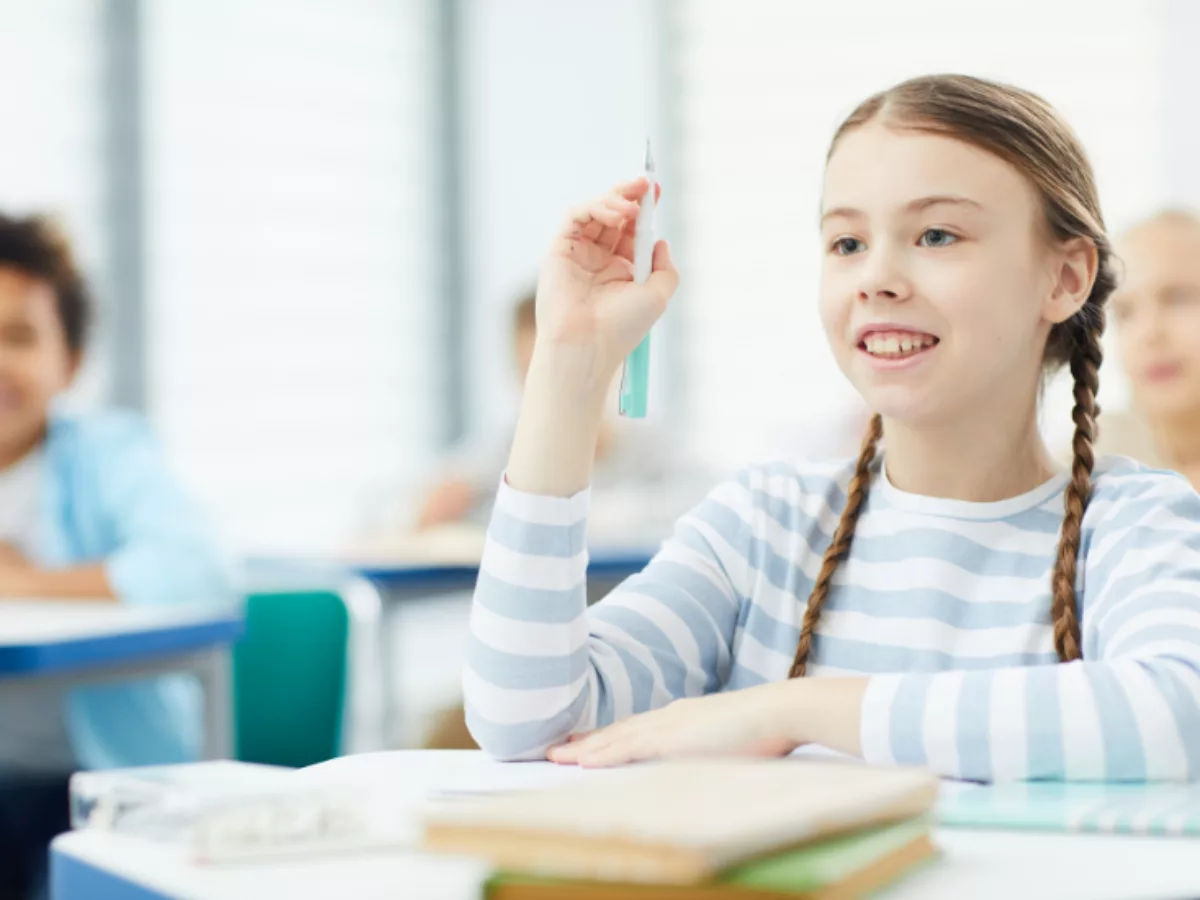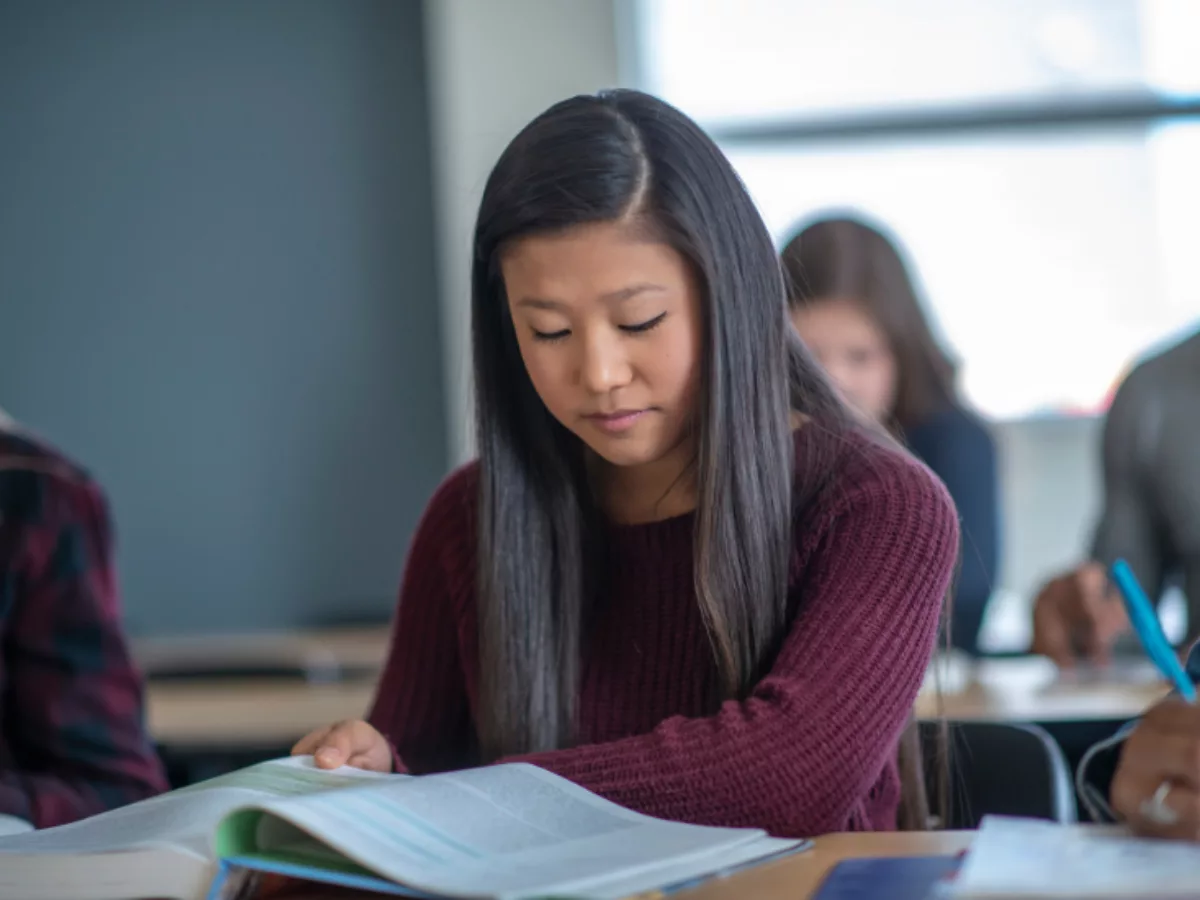Educators needed to plan, implement, and improve strategies that maximize student learning of skills, content, and competencies, flexing to differences and tapping into the cognitive, motivational, and other resources students were individually bringing. To do this, students’ daily experience of learning needed to become more targeted and relevant, actively engaging, socially connected, and growth oriented.
- Introduction
- Hops, Skips, and Leaps in Practice
- Shifting Conditions
- Take It Forward in Your Context
- Research & Resources
Hops, Skips, and Leaps in Practice
Disruption, differences in location and resources, and the systemic, racial, and social inequities and injustices incurred and heightened during the COVID-19 pandemic demanded that educators improve or adopt practices to deeply support each student. Approaches needed to emphasize, more than ever, personalization to unique needs, strengths, interests, and identities, mastery of learning rather than traditional measures like “seat time”, and provision of comprehensive, whole-child support.
Read on to learn more about how educators oriented to the need for change. Alternatively, use the navigation at the left-hand side of this page to jump directly to explore strategy hops, skips, and leaps in different areas.
We're no longer planning for teaching, we're planning for learning.
”
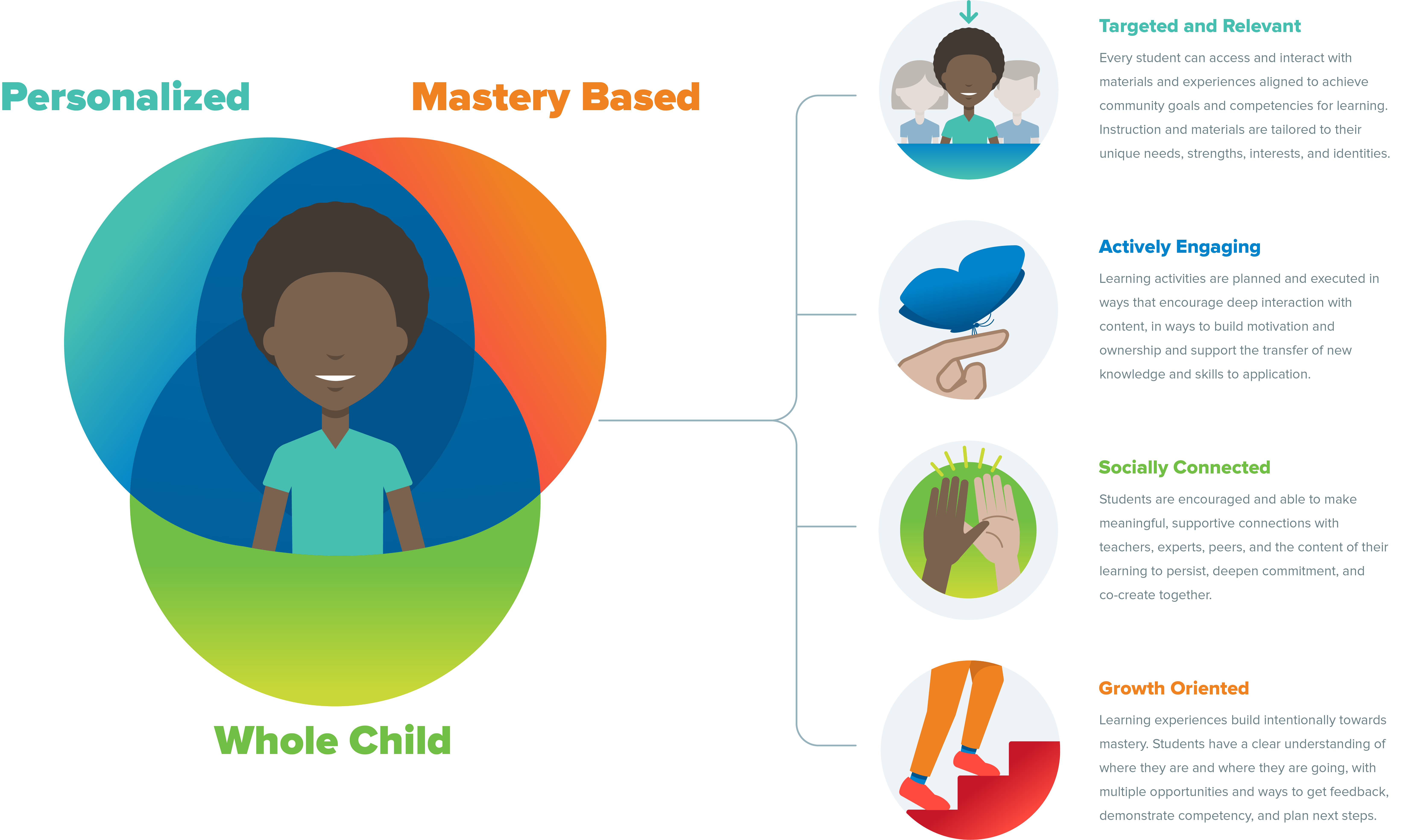
How schools and systems did this varied depending on readiness, existing context, and vision. Some educators and leaders felt ready to make big “leaps,” adopting new practices that significantly altered learning experiences and structures across whole campuses or the system. Others made more incremental changes, tweaking existing approaches to target individual needs or increase engagement. Regardless of scale, these hops, skips, and leaps helped them make progress towards more learner-centered approaches. (This frame for analysis was inspired by and adapted from the notion of a "leapfrog pathway", though modified for our own lens and definition of practice change.)
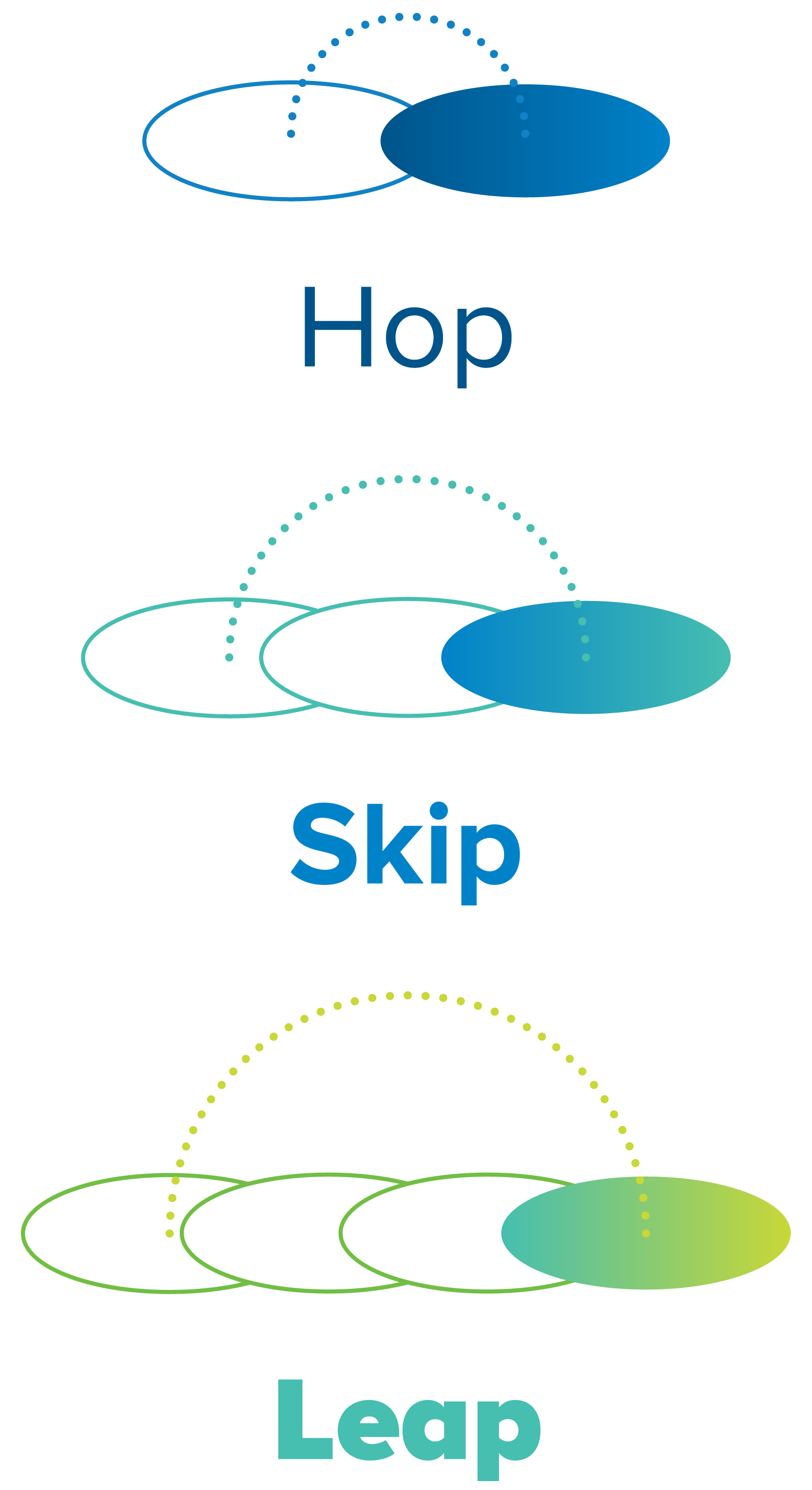
“Hops” represent small tweaks or improvements, usually through implementation of single tools or specific instructional strategies.
"Skips” required educators to adopt new systems of practice, changing student experience at a greater scale (either in terms of sustained, consistent change within an area or across a greater number of students and classrooms).
“Leaps” were systemic, longer-term changes to the “grammar” of school, where traditional organizational structures for learning such as use of time, space, grade-levels, and progress assessment were fundamentally altered.
Explore concrete examples of how systems made changes to practice below. Each section is organized by student experience aims and further broken down by scale of change. As you explore, consider how these practice hops, skips, and leaps might be relevant to your own school or system.
What I get excited about is that there are glimpses of that happening and, you know, with people feeling maybe more confident or more like it's allowed. What's crazy is a lot of people think, ‘I’m not allowed to do this.’ We're just like, ‘Yeah, you can do it.’
”
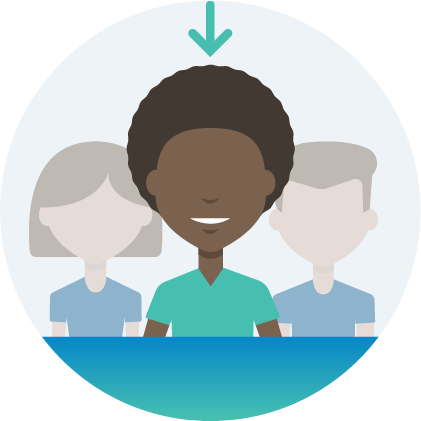
These practice changes sought to help educators and learners ensure that experiences aligned to what each student needed to make progress based on individual needs, strengths, interests, and identities. Strategies included means for differentiation as well as ensuring students also accessed rigorous grade- and group-level learning experiences. Efforts also sought to make learning more identity- and culturally-affirming and responsive.
Hops
Skips
Leaps
Learning plans give students a way to hold themselves accountable for completing their work each week. If you already have differentiated centers or workstations, this is now giving more accountability to students and allowing you to differentiate even further.
”
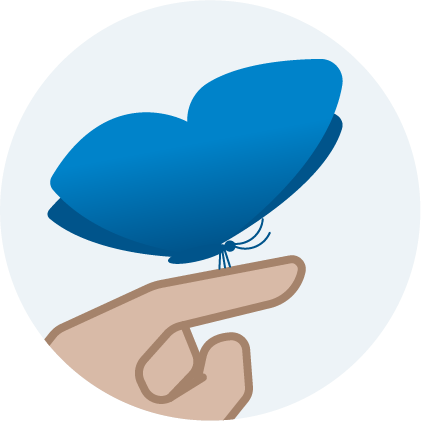
Educators needed to implement practices that helped students cognitively, motivationally, and behaviorally engage in the learning process. These strategies encouraged students to reflect on and make sense of their learning journey, exert greater agency and ownership through choice-making and self-direction, and participate in authentic inquiry and application of that learning.
Hops
Skips
Leaps
How can we make sure kids have an authentic opportunity to showcase their work? How can we provide a chance for kids to truly, authentically learn about something that really matters to them or that impacts their community, and then how can they share that with others?
”
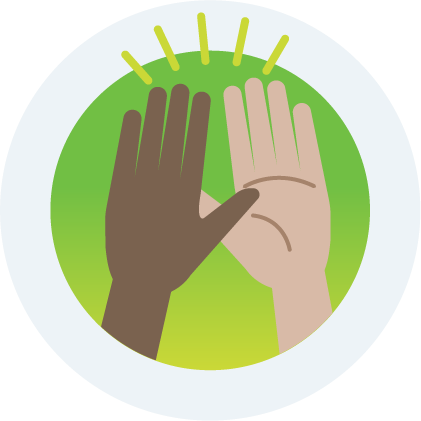
Teams identified new ways to help students deepen connections through and with other peers and experts. They also applied strategies that brought in families, guardians, and other community members as meaningful partners for learning.
Hops
Skips
Leaps
Success coaching makes sure our scholars and families are able to say each morning, 'I have an adult who's checking in with me,' not just about school, but saying, 'How are you today? How are you feeling? What are things that you need help with today?' And to have that adult be consistently the same person allows us to be able to talk to our community and to be able to start to see where the needs are. Success coaching has been our one of the marquee adjustments we've made center – and student voice, student wellbeing, and the impact of the pandemic.
”
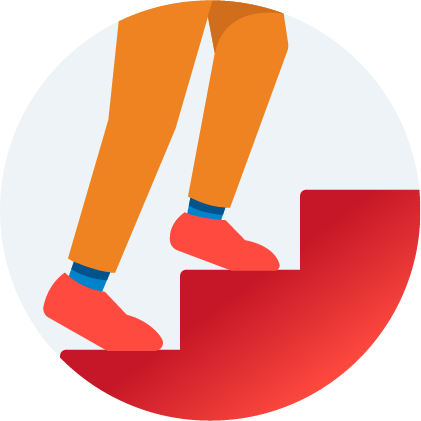
More than ever, learning needed to focus on individual and group-level actual mastery of essential standards and skills. Educators implemented strategies that supported teacher and learner understanding of mastery and how to identify, set, and measure progress towards goals. Further, teachers identified ways to sustain practice, giving students feedback and offering multiple opportunities to demonstrate mastery before moving on.
Hops
Skips
Leaps
I was talking with a group of middle school teachers last week. [...] I said, let's just take a minute to celebrate what you just said. No. [...] That they can tell you what Jamboard is, and what NearPod is, and what all their BLEND submissions are, and the fact that this is now a common part of your process as a teacher. The icing on the cake is that they can synthesize all of that and put it together to make a case for mastery of a standard that you've clearly articulated.
”
EXPLORE GUIDES
All Guides





